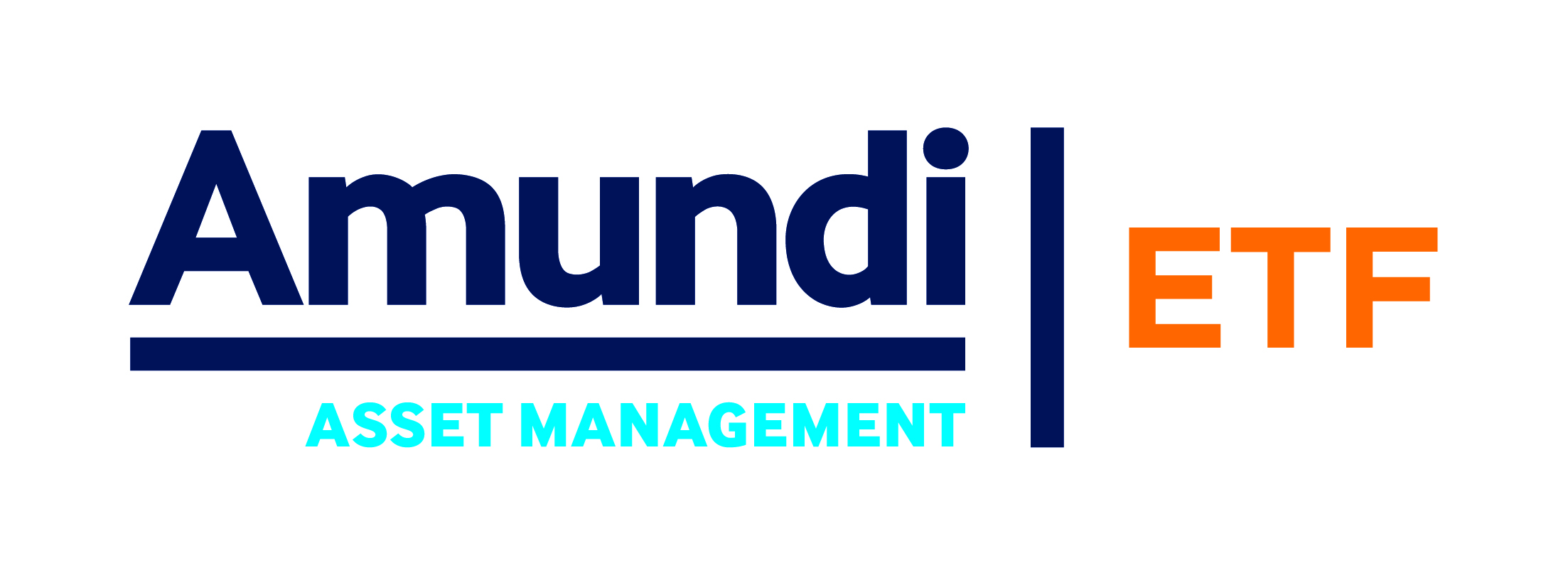Global assets in fixed income ETPs broke through the $1trn barrier for the first time at the end of March, marking another milestone for the rapid growth of the ETF industry.
According to research provider ETFGI, fixed income ETPs listed globally posted net inflows of $18bn last month, bringing the total assets to $1.03trn at the end of March. This includes ETNs, which total around $30bn, according to Bloomberg.
Deborah Fuhr, managing partner and founder of ETFGI, said the milestone has been driven by the increasing range of fixed income products available to investors. For example, the asset class accounts for 68% of the $118bn invested in active ETFs, a niche part of the market. However, fixed income still represents a small portion of the entire ETF space with equities dominating the $5.6trn landscape.
In 2006, just 10% of investors used fixed income ETFs, according to the EDHEC European ETF and Smart Beta survey, while in 2016 this number had jumped to 65%.
Henry Cobbe, head of research at Elston Consulting, commented: “Fixed income ETPs are a growing part of overall ETP AUM, but still disproportionately low relative to their share of overall assets.
“This trend will continue because fixed income ETPs mean investors can access bond exposures in a way that is targeted, diversified and liquid.”
A recent Amundi report said not only were fixed income ETFs easier to trade than the underlying bonds but they also offer investors a liquidity proxy.
“As bonds are over-the-counter products, there is no accurate measure of liquidity,” the report explained. “By contrast, a fixed income ETF gives investors access to information on the volumes traded, as well as to transaction costs, in the form of the bid/offer spread of the fund.”
Furthermore, net inflows into fixed income ETPs in Q1 ($56.4bn) were considerably higher than the $17.5bn seen the year previous by the end of March 2018.
The reason for the strong flows, Brett Pybus, head of iShares EMEA investment and product strategy at BlackRock, said was due to a more favourable macro environment for fixed income.
Earlier this year central banks across globe, led by the Federal Reserve, put their monetary tightening cycles on hold following a sell-off in markets in Q4 2018. Pybus said the environment this year, as a result, had benefitted risk-on assets such as emerging market debt and high yield.
However, concerns the market is nearing the end of its cycle has meant there has also been a flight to safety, with investors increasing their exposure to US Treasuries and other government bonds, he added.
“2019 has picked-up where 2018 left off with strong inflows [into fixed income ETFs] of $75bn year-to-date,” Pybus continued. “New users are adopting the products as well as current users expanding their portfolios.”
However, in a recent survey, Elston Consulting found portfolio managers and senior asset management decision-makers prefer direct bond exposure over either active funds or index funds and ETFs, with education around fixed income ETFs remaining a key barrier to entry.






